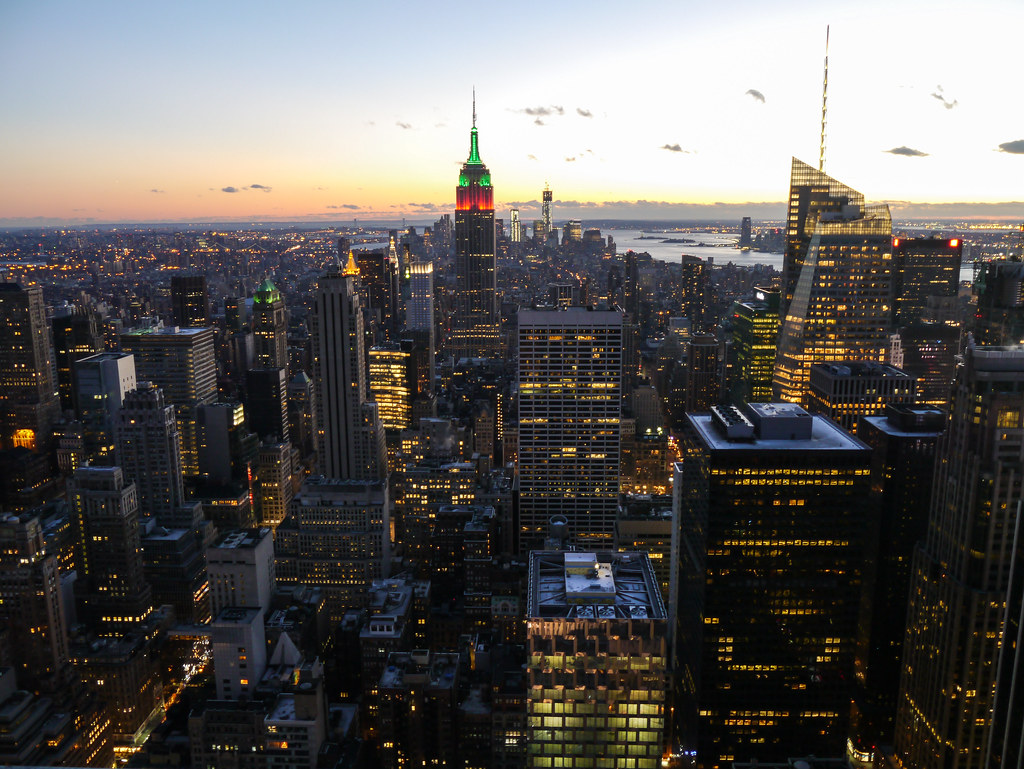The United States is a tapestry of diverse urban landscapes, each with its own unique character and challenges. As the most populous cities in each state carve out their futures, the city budgets for 2024 become a critical blueprint for progress and development. These financial plans not only reflect the priorities and aspirations of the urban centers but also reveal the strategies in place to address the needs of their growing populations.
The 2024 City Budgets: A Snapshot of America’s Most Populated Cities
The concept of an ‘incorporated place’ in the United States is broad, encompassing cities, towns, villages, boroughs, and municipalities. The U.S. Census Bureau’s definition includes a few exceptional census-designated places (CDPs), and even some consolidated city-counties, which are a unique form of government that merges city and county jurisdictions. However, this list focuses on those portions of consolidated city-counties that are not part of another incorporated place, providing a clearer picture of the most populous cities within their defined limits.
The distinction between city populations and their metropolitan counterparts is significant. This list does not consider the sprawling suburbs or the unincorporated areas that often surround major urban centers. Instead, it zeroes in on the individual municipalities, offering a snapshot of urban America that is distinct from the broader metropolitan areas.
As of July 1, 2022, the U.S. Census Bureau estimated that there are 333 incorporated places in the United States with populations exceeding 100,000. Notably, five states—Delaware, Maine, Vermont, West Virginia, and Wyoming—do not have cities with populations over this threshold. This fact underscores the vast differences in urbanization across the country, with some states boasting bustling metropolises while others maintain a more rural or small-town character.
The most populous cities in the United States, according to the 2020 census, are a mix of the expected giants and some that may surprise. New York leads the pack, followed by Los Angeles, Chicago, Houston, and Phoenix rounding out the top five. These cities are not just population centers; they are hubs of culture, finance, and innovation that drive the nation’s economy.
The city budgets for 2024 are more than just numbers on a page; they are a testament to the priorities set by city officials. These budgets will determine how resources are allocated to tackle the myriad issues facing these urban areas, from infrastructure and public safety to education and social services. The cities’ land areas, population densities, and the changes in population over time provide context for the financial decisions made by those at the helm.
The population changes between the 2020 census and the 2022 estimates are particularly telling. While some cities like Phoenix and San Antonio have seen growth, others like New York and San Francisco have experienced declines. These shifts have implications for city planning and budgeting, as officials must adapt to either swelling numbers or dwindling residents. The land area and population density of these cities also play a crucial role in shaping their futures. Cities with vast areas like Houston and Jacksonville have different challenges and opportunities compared to more densely populated cities like New York and San Francisco.
The coordinates of these cities are not just points on a map; they represent the heartbeats of the nation. From the sunny shores of Los Angeles to the historic streets of Boston, each city has its own story to tell. As we delve into the 2024 city budgets, we will uncover how these urban centers plan to write their next chapters, addressing the needs of their citizens and setting the stage for the future.
In the next section, we will examine the 2024 city budgets in detail, exploring how the most populated cities in each state are allocating their funds to foster growth, sustainability, and resilience. We will look at the key areas of investment, the challenges these budgets aim to address, and the innovative strategies cities are employing to enhance the quality of life for their residents.
The Changing Urban Landscape: Addressing the Challenges of Growth and Decline
As we continue our exploration of America’s most populated cities, we turn our attention to the 2024 city budgets. These financial documents are more than mere spreadsheets; they are the strategic plans that will shape the urban landscape for years to come. They reflect the priorities of city officials and the needs of their constituents, providing a roadmap for addressing the challenges of urban living and the aspirations of a thriving metropolis.
The city budgets for 2024 are a testament to the dynamic nature of urban development. They allocate funds across a variety of sectors, with a keen focus on fostering growth, sustainability, and resilience. Infrastructure, public safety, education, and social services are among the key areas of investment. These budgets are not only designed to meet the immediate needs of the city’s residents but also to lay the groundwork for future generations.
In cities like New York, which saw a population decrease of 5.32% from the 2020 census to the 2022 estimates, the budget reflects a need to revitalize and attract residents back to the city. With a land area of 300.5 square miles and a high population density, New York’s budget must address the complexities of urban living while ensuring that the city remains a global leader in culture, finance, and innovation.

Los Angeles, with a slight population decrease of 1.96%, faces its own unique challenges. The city’s vast area of 469.5 square miles requires significant investment in transportation infrastructure to connect its diverse neighborhoods. The budget must also tackle the city’s housing crisis and ensure that public services are accessible to all of its nearly 3.8 million residents.

Chicago, which experienced a 2.96% population decline, must use its budget to address issues such as crime reduction and improving public education. The city’s budgetary decisions will have a profound impact on its ability to maintain its status as a cultural and economic hub in the Midwest.

Houston’s nearly static population change (-0.07%) and massive land area of 640.4 square miles present a different set of priorities. The budget must focus on managing sprawl, improving flood defenses, and ensuring that the city’s infrastructure can support its sprawling geography.

Phoenix, on the other hand, saw a population increase of 2.26%. The city must allocate its budget to accommodate this growth, investing in sustainable water resources, expanding public transportation, and ensuring that new development is managed responsibly.

Philadelphia, with a 2.28% population decrease, must consider how to best use its budget to revitalize its economy, improve educational outcomes, and maintain its historic infrastructure.

San Antonio’s growth of 2.67% requires a budget that supports expanding services, infrastructure, and housing to accommodate its increasing population.

San Diego’s slight population decrease of 0.42% still necessitates investments in environmental conservation, cross-border relations, and the city’s vibrant cultural scene.

Dallas, with a minor population decrease of 0.37%, must balance its budget between economic development, public safety, and maintaining its position as a major business center.

San Jose, facing a 4.15% population decline, must use its budget to address the cost of living, attract and retain talent, and invest in technology infrastructure to support its role as the heart of Silicon Valley.

The 2024 city budgets of these most populated cities are not just about numbers; they are about people. They must address the diverse needs of their residents, from the most vulnerable to the most affluent. They must invest in the future while taking care of the present. They must be both visionary and practical, ambitious and achievable.
As we look at the specifics of each city’s budget, we see a common thread: the desire to create a better urban experience for all. Whether it’s through parks and green spaces, improved public transit, or initiatives to support local businesses, these budgets are a commitment to the city’s residents and their quality of life.
The cities’ latitude and longitude coordinates may define their geographical location, but it is their budgets that define their trajectory. From the sunny shores of Los Angeles to the historic streets of Boston, each city’s budget is a blueprint for its future. These documents are not just financial plans; they are declarations of priorities, commitments to residents, and visions for what these cities can become.
The 2024 city budgets of America’s most populated cities are a fascinating insight into the priorities and challenges of urban living. They show us where these cities are heading and what they value. As these urban centers continue to grow and evolve, their budgets will play a pivotal role in shaping their futures, ensuring that they remain vibrant, sustainable, and resilient places to live for all their residents.
Related posts:
List of United States cities by population
New City budget prioritizes public safety, homelessness, parks and infrastructure
Governor’s Budget January 2024 Quick Summary



